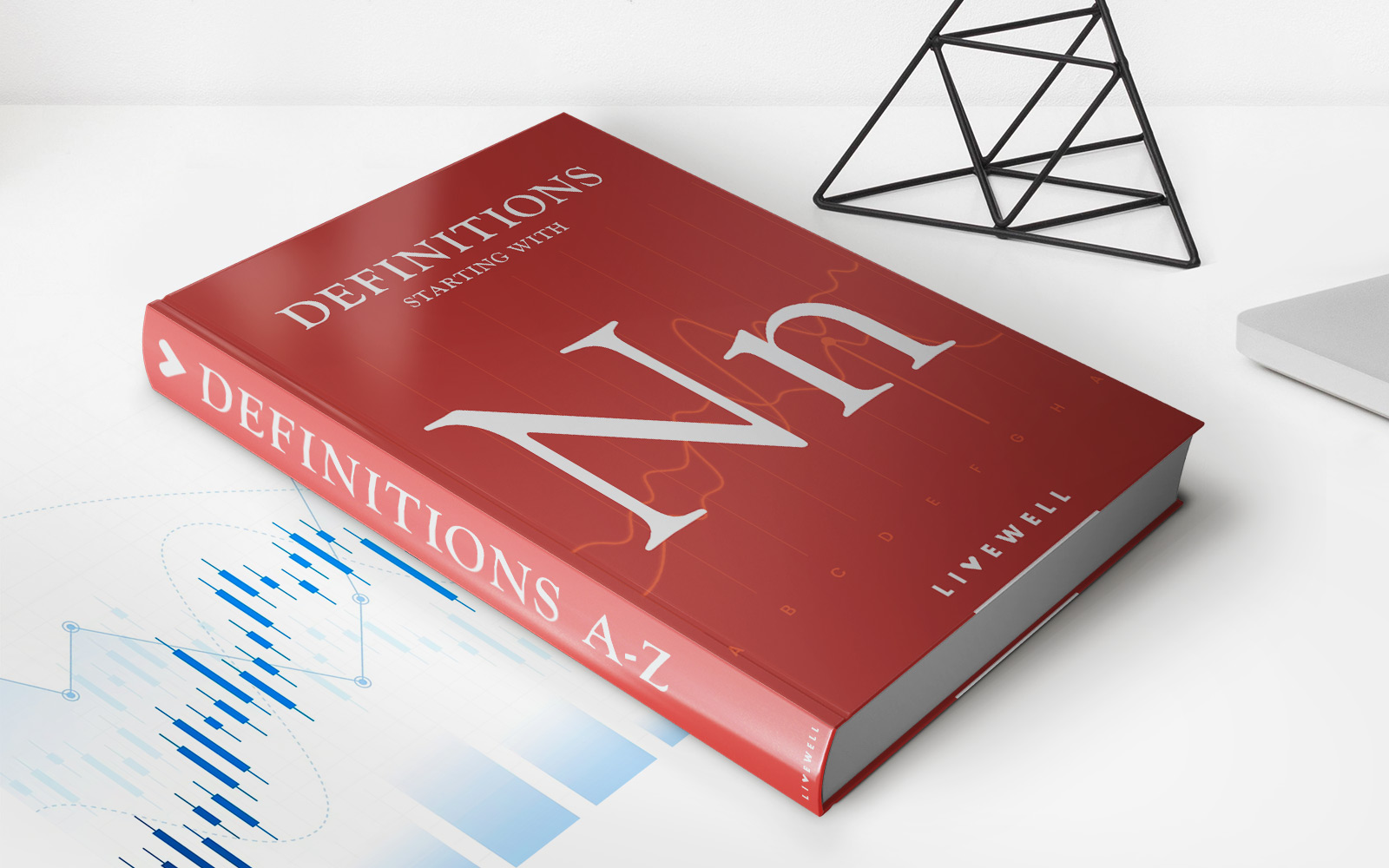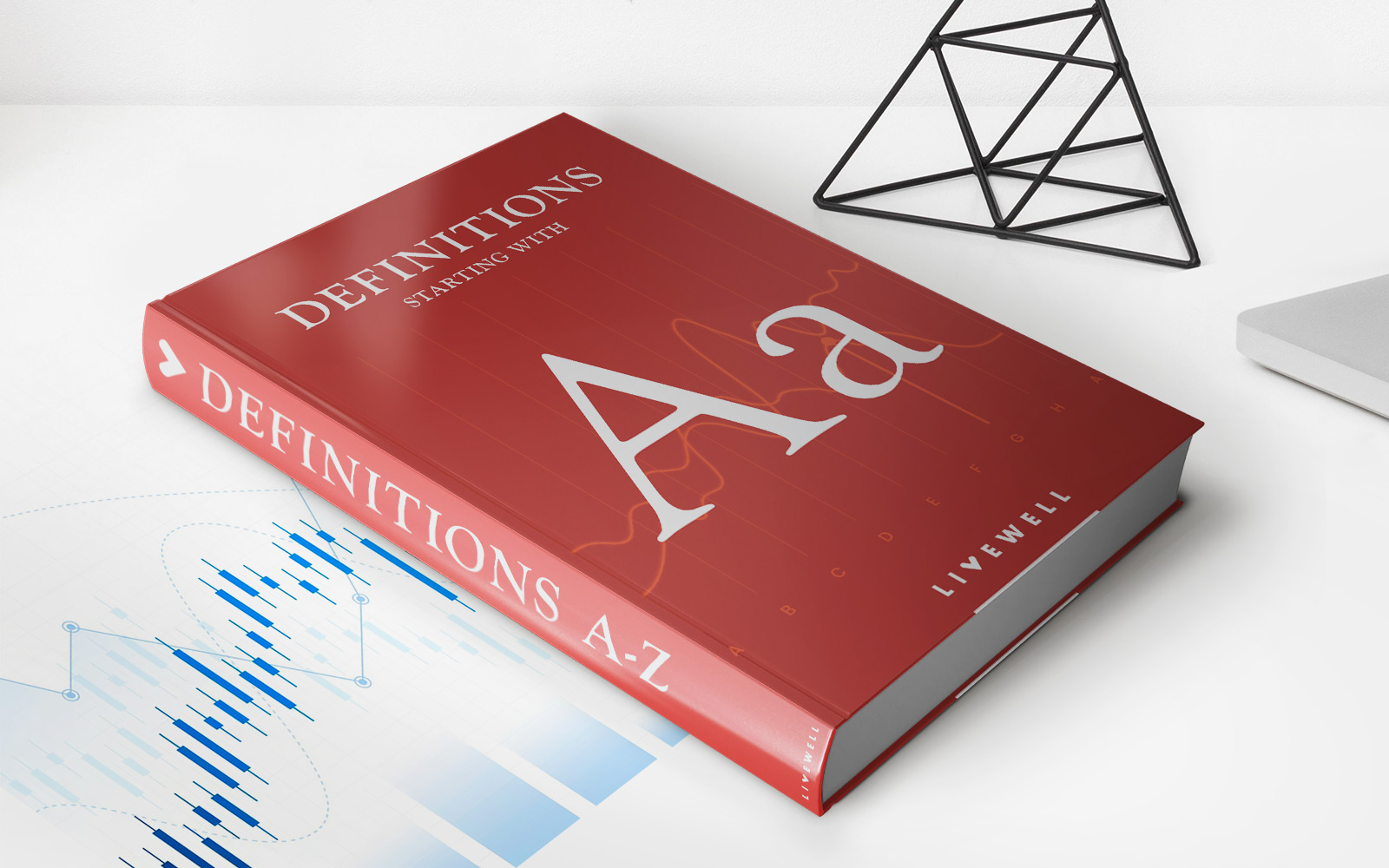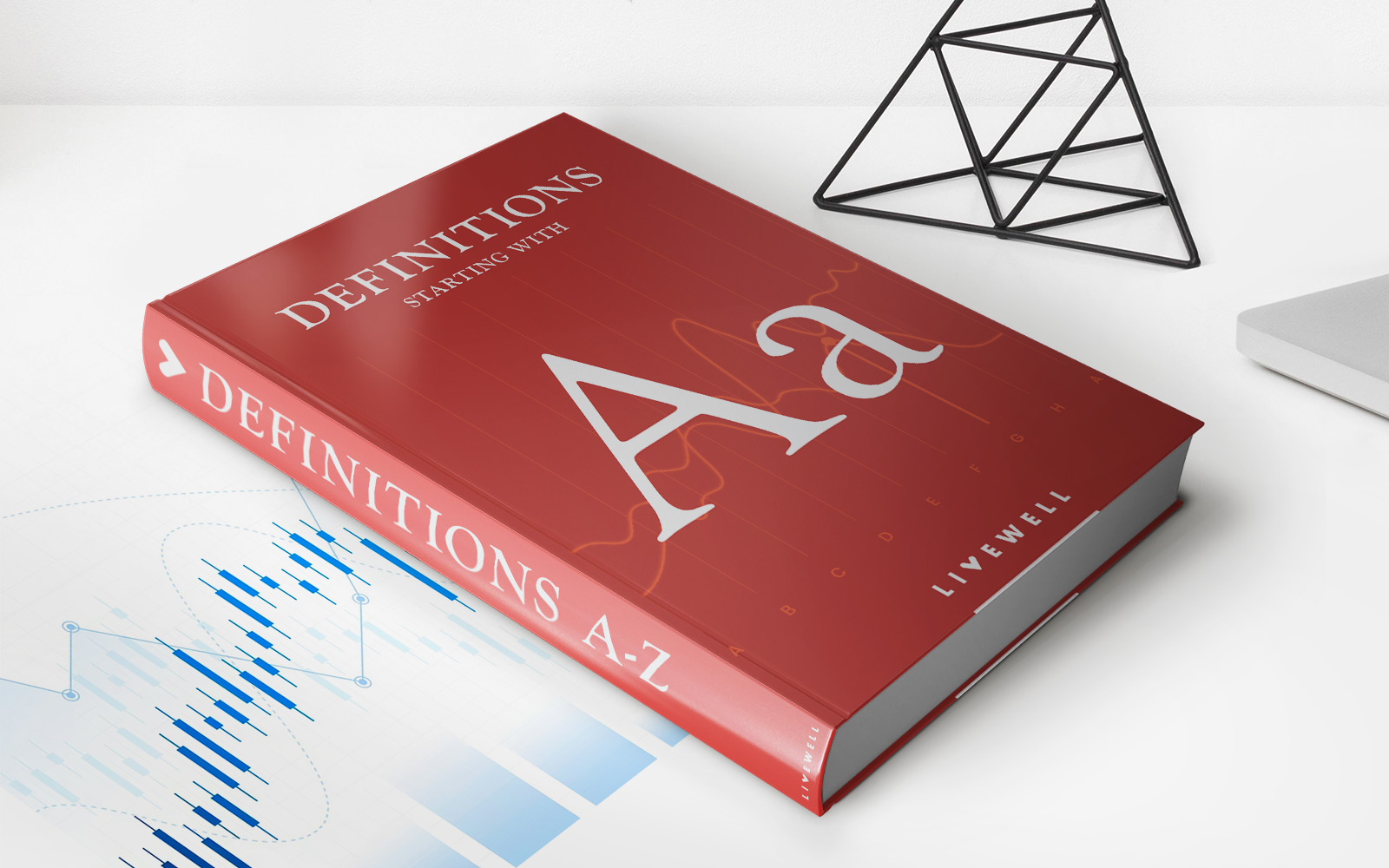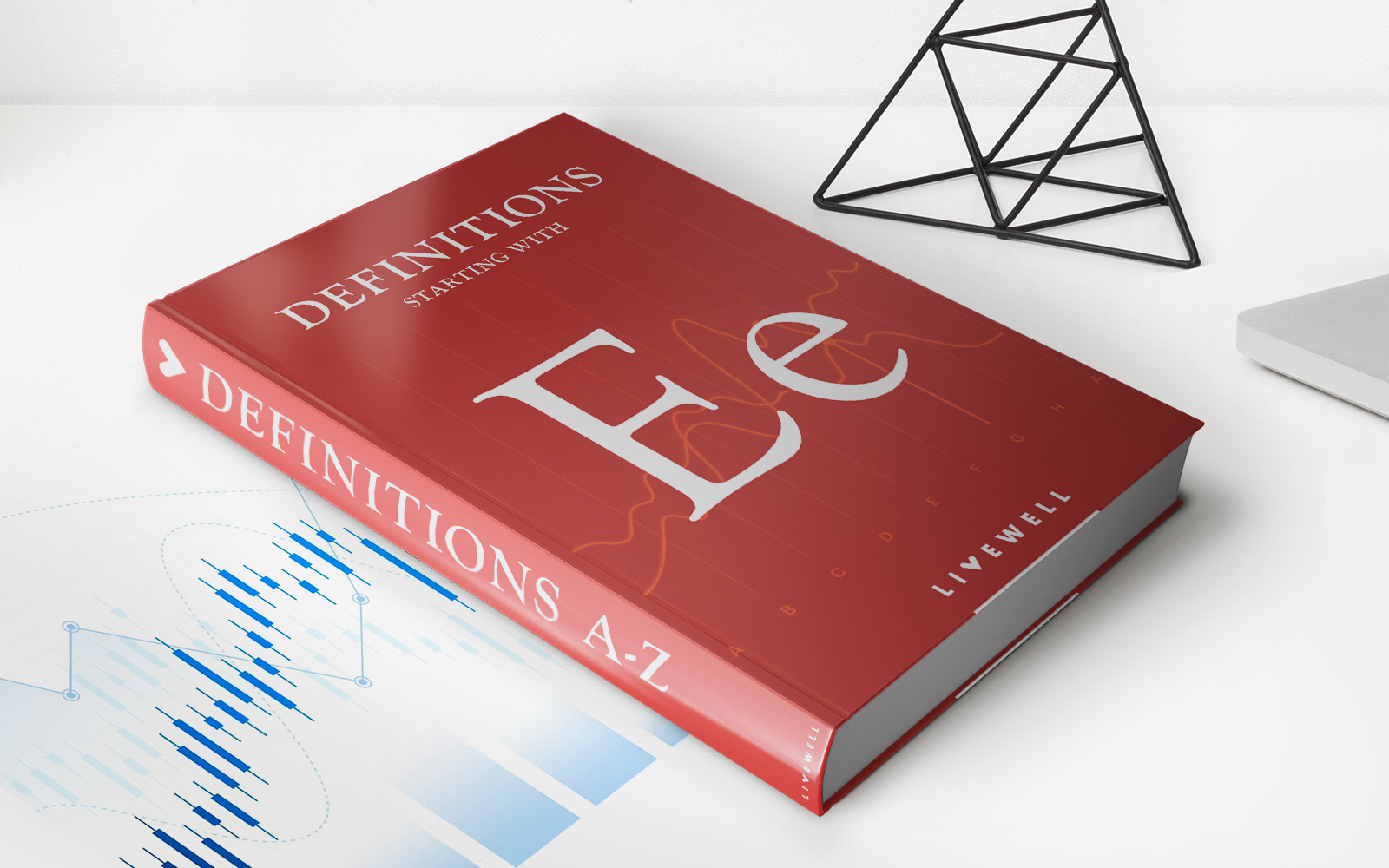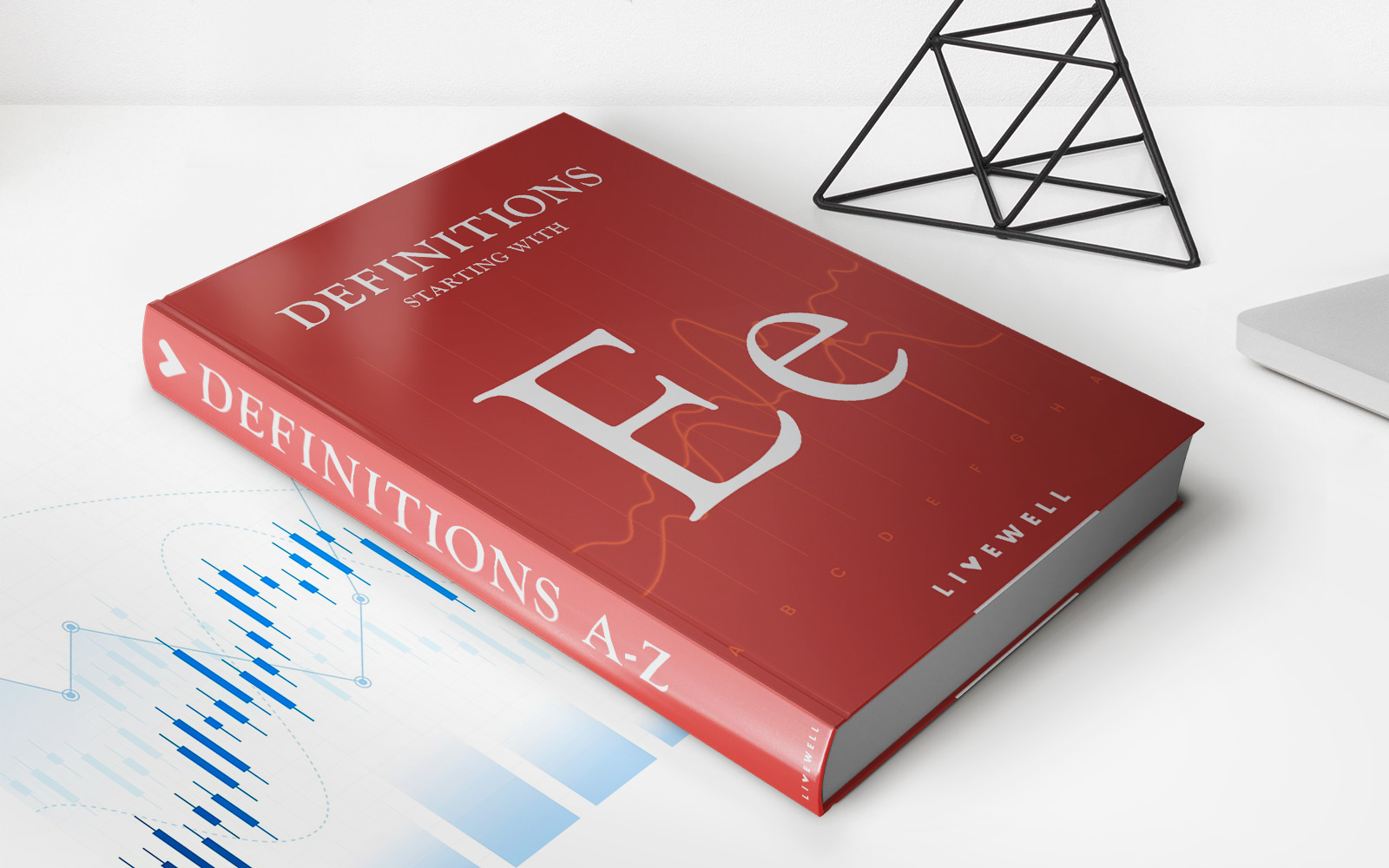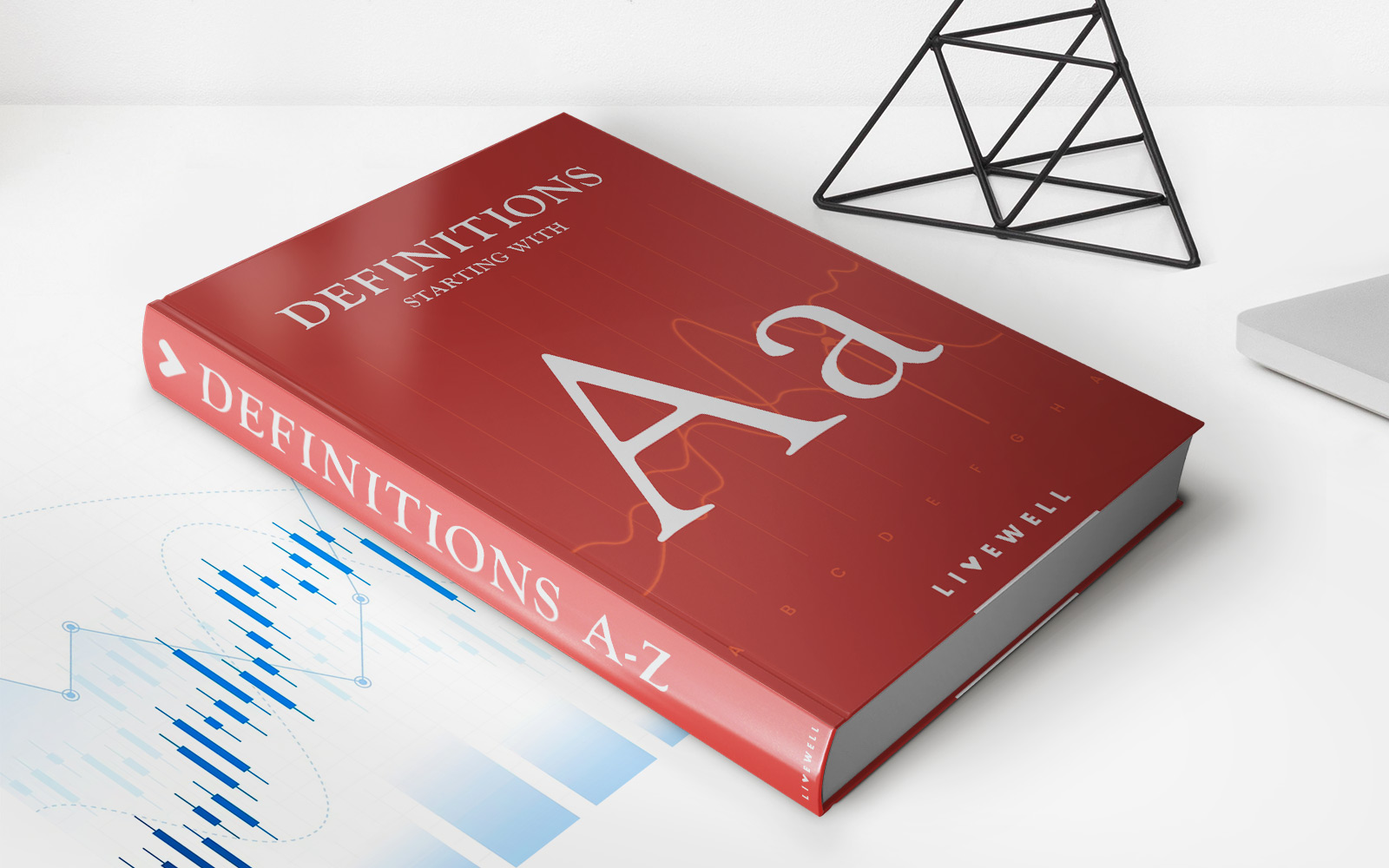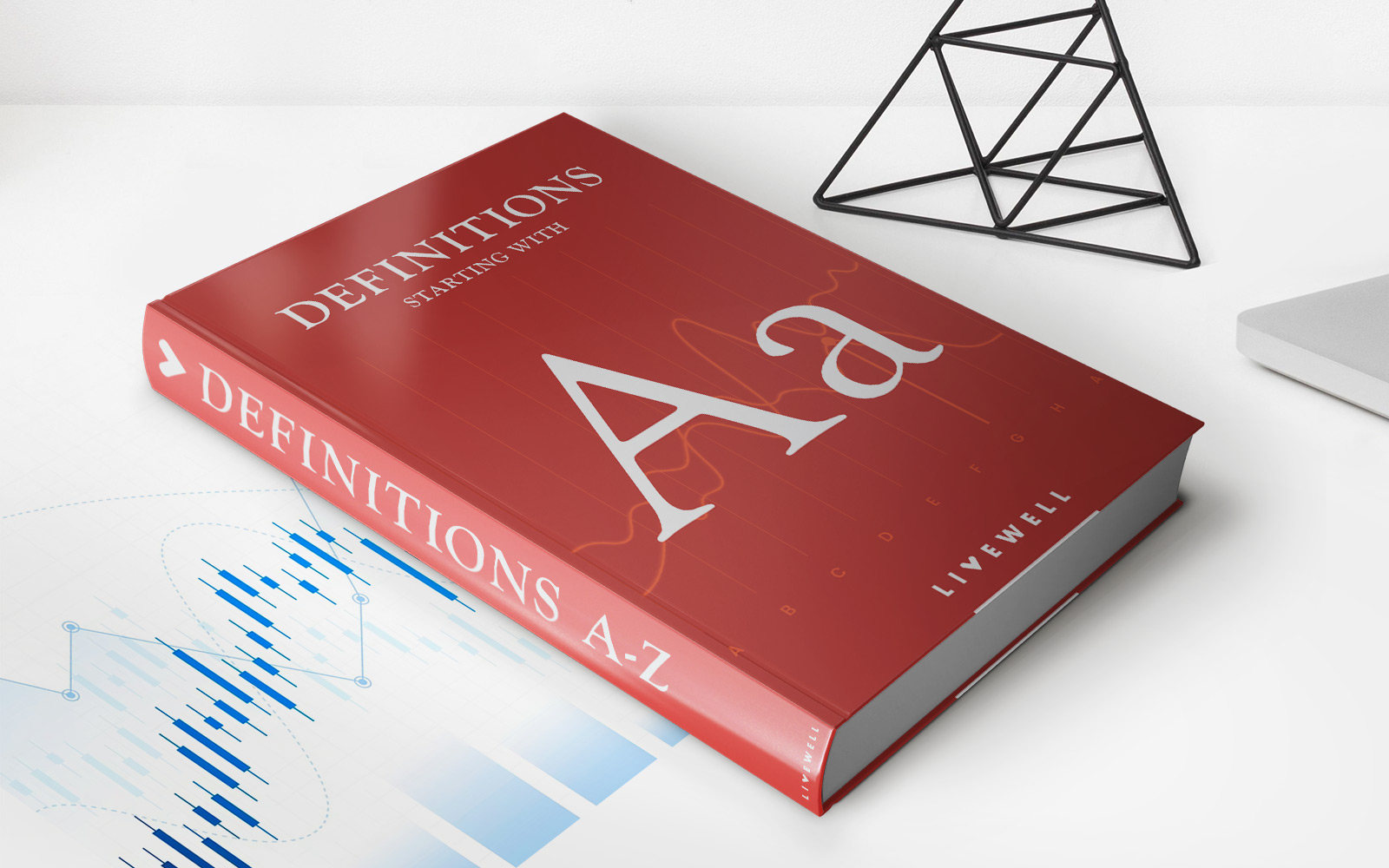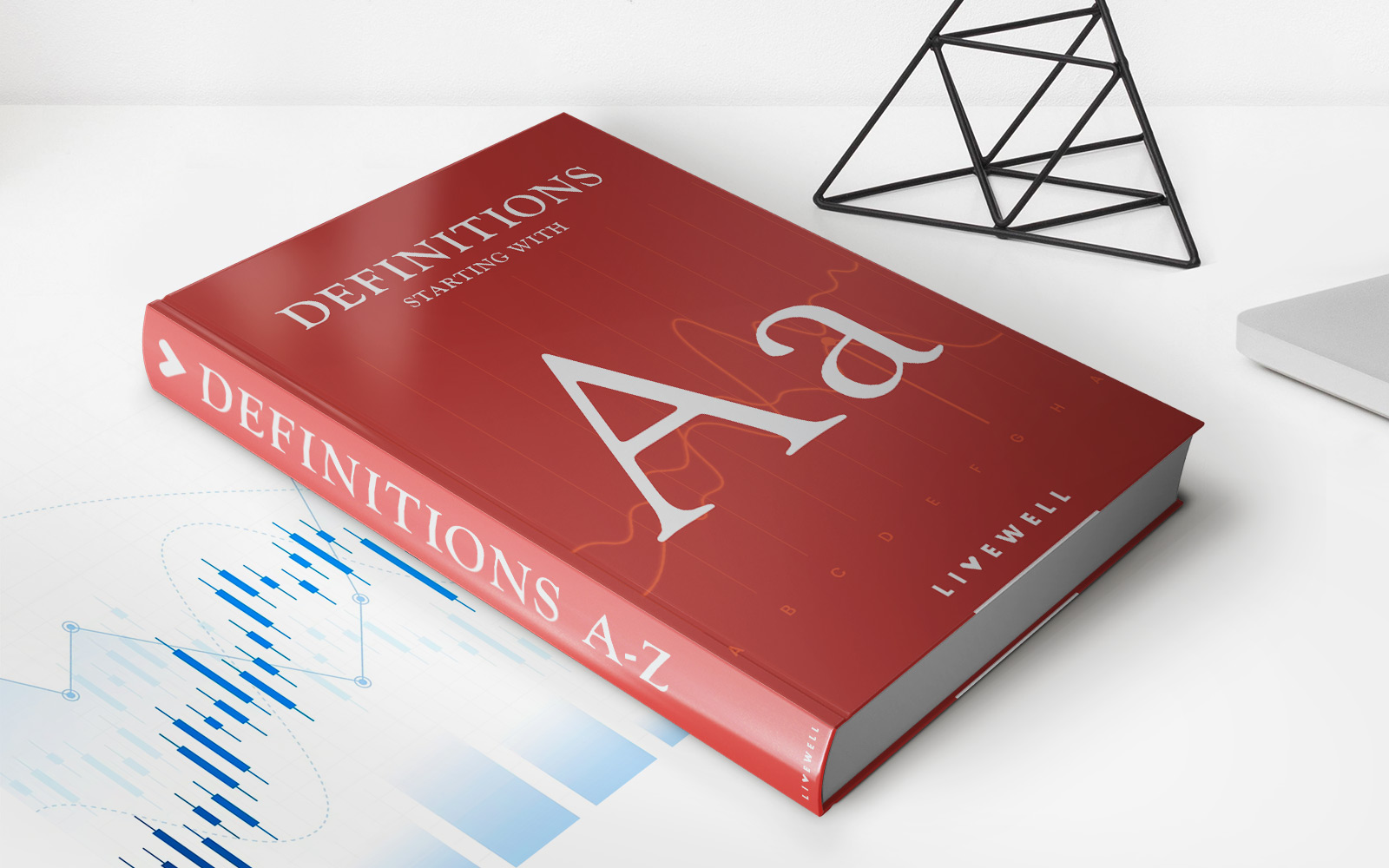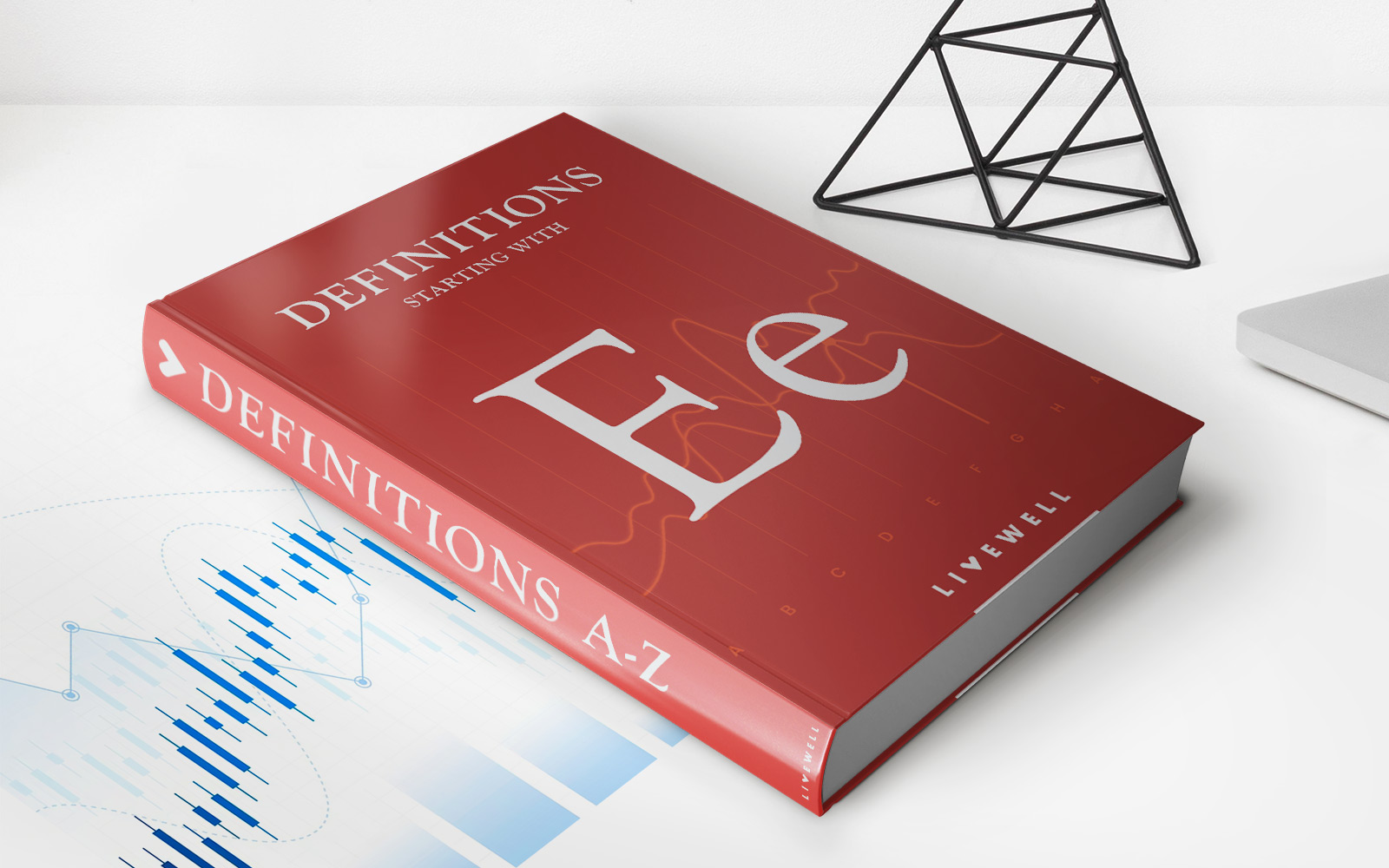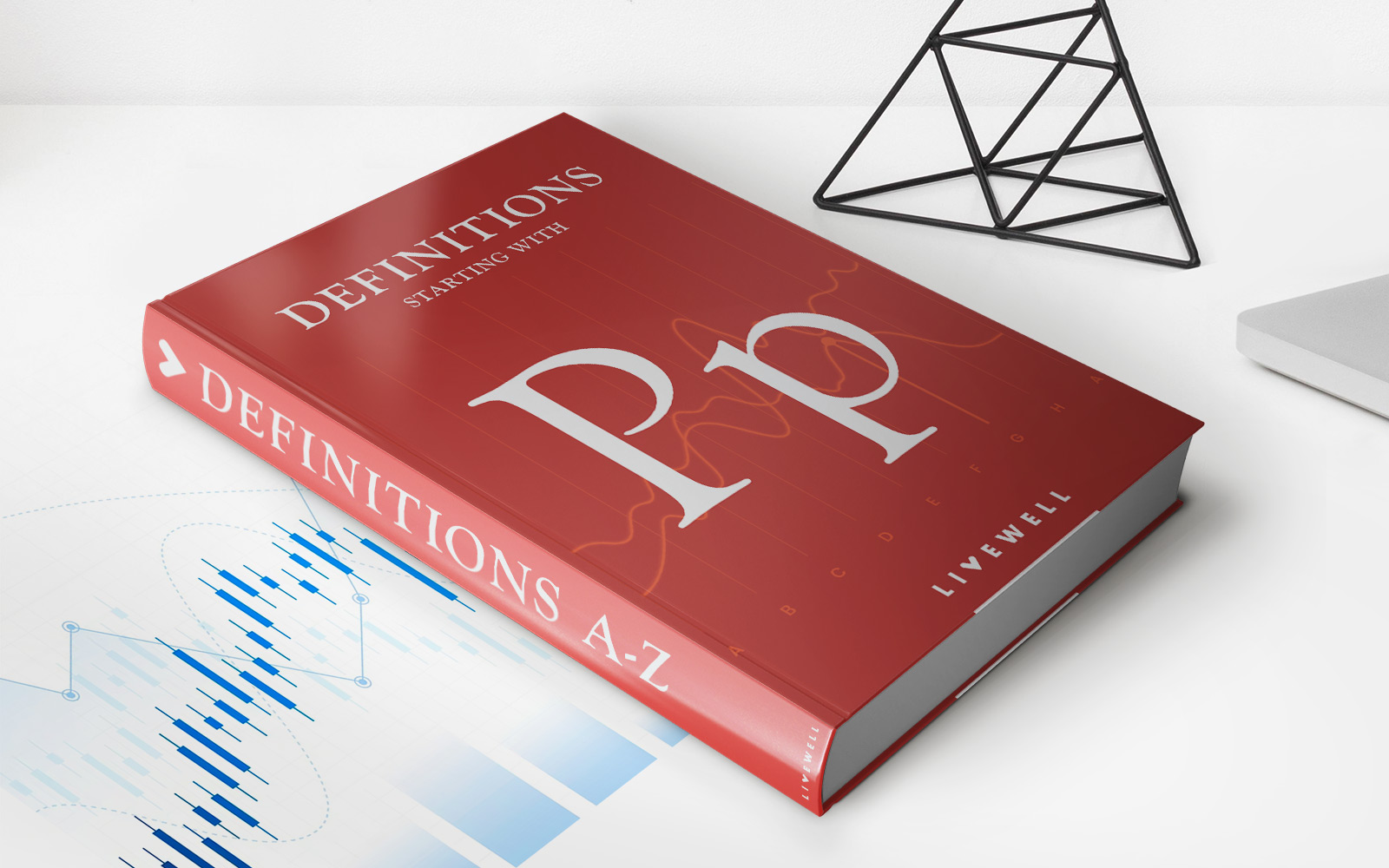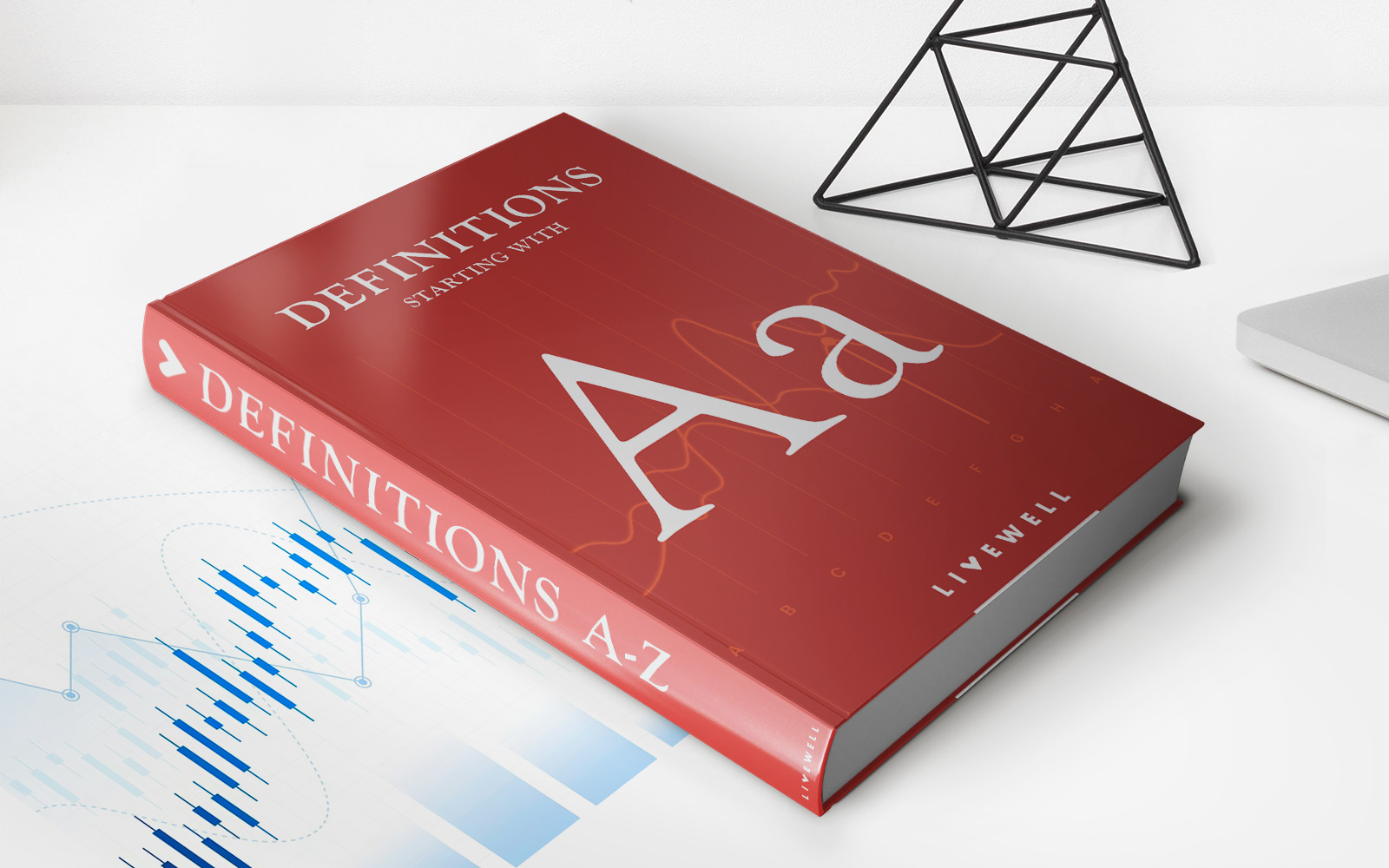Home>Finance>Annual Investment Allowance (AIA) Definition, Eligibility
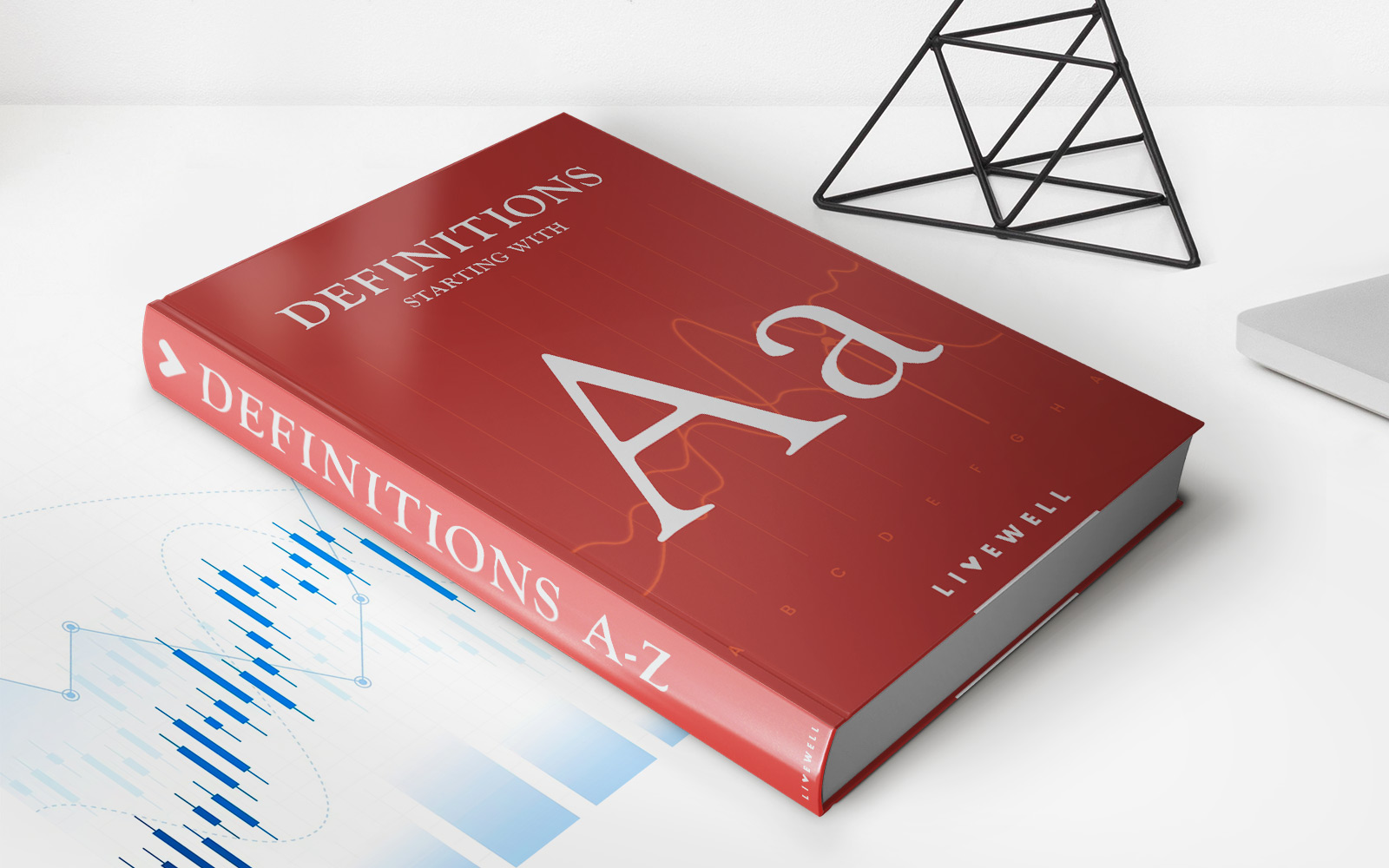

Finance
Annual Investment Allowance (AIA) Definition, Eligibility
Published: October 7, 2023
Discover the definition and eligibility criteria of the Annual Investment Allowance (AIA) in finance. Maximize your investment potential with this valuable tax relief.
(Many of the links in this article redirect to a specific reviewed product. Your purchase of these products through affiliate links helps to generate commission for LiveWell, at no extra cost. Learn more)
Understanding the Annual Investment Allowance (AIA): Definition, Eligibility, and Benefits
Welcome to the Finance category on our blog! In today’s post, we will explore the Annual Investment Allowance (AIA), an essential concept in the world of finance. Whether you are a business owner or an individual looking to invest, understanding the AIA can have a significant impact on your financial decisions. In this article, we will define the AIA, discuss its eligibility criteria, and highlight the benefits it offers.
Key Takeaways:
- The Annual Investment Allowance (AIA) is a tax relief scheme that encourages businesses to invest in assets.
- Eligible businesses can deduct the full amount of qualifying investment costs from their taxable profits, reducing their tax liabilities.
What is the Annual Investment Allowance (AIA)?
The Annual Investment Allowance (AIA) is a tax relief scheme that allows businesses to deduct the full cost of qualifying investments from their taxable profits. In simpler terms, it encourages businesses to invest in assets by offering tax benefits. The AIA is commonly used to support growth, innovation, and capital expenditure.
Eligibility for the AIA:
To be eligible for the Annual Investment Allowance, businesses must meet the following criteria:
- AIA Limit: The AIA limit determines the maximum amount that can be claimed in a specific accounting period. This limit changes over time, so it is crucial to stay updated with the latest guidelines set by the tax authorities.
- Nature of Investment: The investments made must be in qualifying assets, such as machinery, vehicles, computer hardware, and certain fixtures and fittings for business premises.
- Ownership: The assets must be owned and used for business purposes. Personal assets or those used for non-business purposes are not eligible.
- Timeframe: The AIA applies to assets acquired during the accounting period of the business. It does not cover assets acquired before the business started or after it ceased to trade.
The Benefits of the AIA:
The Annual Investment Allowance offers several benefits to businesses and individuals looking to invest:
- Reduced Tax Liability: By deducting the full cost of qualifying investments from their taxable profits, businesses can significantly reduce their tax liabilities. This frees up more funds for further investment or other expenses.
- Encourages Growth and Innovation: The AIA serves as an incentive for businesses to invest in growth and innovation. By providing tax relief, it encourages the acquisition of assets that can enhance productivity, competitiveness, and efficiency.
- Smooth Cash Flow: Claiming the AIA can help businesses manage their cash flow effectively. Instead of spreading the cost of investments over several years, businesses can deduct the entire amount, providing an immediate cash flow advantage.
Now that you have a better understanding of the Annual Investment Allowance (AIA), you can leverage this knowledge to make informed decisions about investments. Remember to consult with a tax professional or financial advisor to ensure you meet all the eligibility criteria and maximize the benefits offered by the AIA.
Thank you for reading our Finance blog post! Keep an eye out for our future articles covering other essential finance topics.

